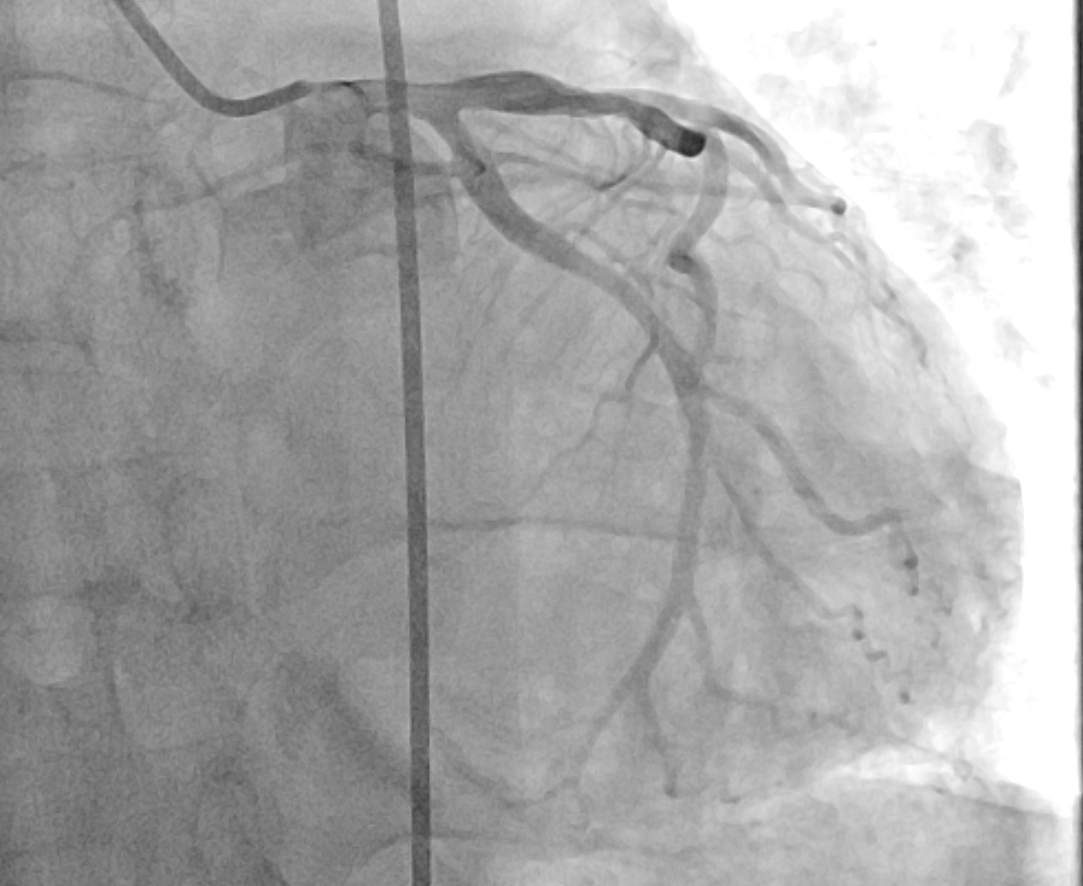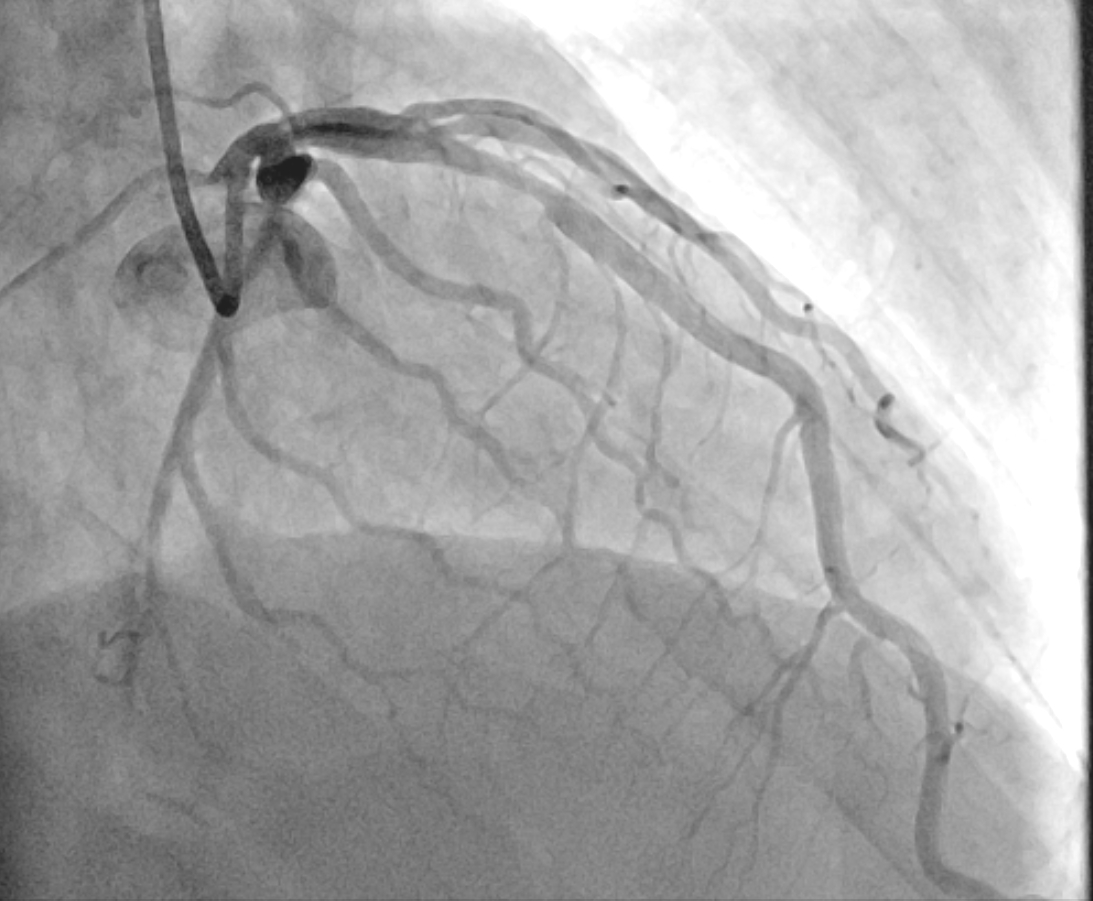Lots of interesting abstracts and cases were submitted for TCTAP 2025. Below are the accepted ones after a thorough review by our official reviewers. Don’t miss the opportunity to expand your knowledge and interact with authors as well as virtual participants by sharing your opinion in the comment section!
TCTAP C-050
Drug-Coated Balloon Therapy for True Bifurcation Lesions of Left Main Coronary Artery Based on Intravascular Ultrasound and Physiological Function Evaluation
By Haoyu Wu, Lei Liang
Presenter
Haoyu Wu
Authors
Haoyu Wu1, Lei Liang1
Affiliation
Shaanxi Provincial People’s Hospital, China1,
View Study Report
TCTAP C-050
Coronary - Complex PCI - Bifurcation
Drug-Coated Balloon Therapy for True Bifurcation Lesions of Left Main Coronary Artery Based on Intravascular Ultrasound and Physiological Function Evaluation
Haoyu Wu1, Lei Liang1
Shaanxi Provincial People’s Hospital, China1,
Clinical Information
Patient initials or Identifier Number
Relevant Clinical History and Physical Exam
Male, 42 years old.Present medical history: One week ago, the patient experienced persistent chest pain and sweating. The local hospital diagnosed the patient with acute anterior wall myocardial infarction. Angiography showed proximal LAD occlusion and LMT bifurcation lesions, but the patient refused stent implantation. After PTCA, the LAD restored TIMI blood flow level 3.Risk factors: type 2 diabetes; hypertension; obesity. BMI:29kg/m2


Relevant Test Results Prior to Catheterization
Blood lipids: TC 5.20 mmol/L, LDL-C 3.43mmol/L, TG 2.93mmol/LHbA1c:7.8%hs-TnT 0.26pg/ml,NT-proBNP 283.6pg/mLEchocardiography: Decreased pulsation amplitude in the anterior wall and interventricular wall of the left ventricle beneath the papillary muscle, LVEF 53%
Relevant Catheterization Findings
LM true bifurcation lesion, with 50% stenosis in the end of LM involving the onset of LAD; 90% stenosis in the proximal segment of LAD; LCX shows 80% stenosis in the proximal segment, while RCA shows no significant abnormalities.
Interventional Management
Procedural Step
The patient underwent intravascular ultrasound and QFR testing.The minimum luminal area of the LM is 5.85 mm2, ostial LAD is 4.7 mm2, proximal segment of LAD is 2.43 mm2, and proximal segment of LCX is 3.78 mm2.The QFR of the LAD is 0.64. The QFR of the LCX is 0.69.The patient refused DES placement.Using DCB only strategy.Using 2.0×15mm pre expanded balloon,3.0×10mm CB and 3.5×10mm CB successively to dilate the lesion.LM, LCX-p, and LAD-p residual stenosis<30%, TIMI blood flow grade 3;LM and LCX-p have no dissection, while LAD-p shows B-type dissection.The patient underwent intravascular ultrasound and QFR testing again.The minimum luminal area of the LM is 9.06mm2, ostial LAD is 8.96 mm2, and proximal segment of LAD is 6.31 mm2.The QFR of the LAD is 0.95. The QFR of the LCX is 0.96.LAD 3.5×20mm DCB for 60s. LCX-LMT 4.0×20mm DCB for 30s. LM-LAD 4.0×16mm DCB for 30s.Coronary angiography at 1 year after DCB.




Case Summary
This is a young male patient who achieved good treatment results with drug-coated balloon therapy for true bifurcation lesions of left main coronary artery based on intravascular ultrasound and physiological function evaluation.


